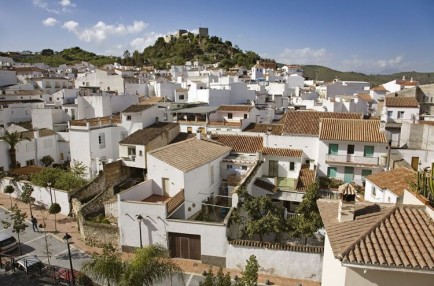
Prices, property and volatility all vary across Spain, but the Costa del Sol has more to offer on all fronts
A recent report by Spanish appraisal company Tinsa in which it analysed Spain’s property valuations was notable for revealing just how localised the recent recovery has been.
Indeed, so split along regional and provincial lines is Spain’s property market that it almost makes little sense to discuss the sector as a whole, particularly when just one region, one market, is of interest…
For VIVA and VIVA customers, that market is the Costa del Sol. And what was interesting in the data was how very little the region featured. Andalucía, the autonomous community in which the Costa del Sol can be found, was barely mentioned in the report, which looked at those regions of Spain where property has gained – or lost – the most value in recent years.
At the province level, Málaga – again, the provincial capital of the Costa del Sol region – was mentioned only fleetingly, and that in relation to a slight price increase.
Elsewhere in Spain, the data from Tinsa showed a country struck by quite sizeable disparities. While overall the report revealed that average residential property prices in Spain at the end of 2014 were 4.5 per cent lower than at the end of 2013, in some regions prices were actually up to 1.5 per cent higher.
The northern regions of Navarra and Asturias suffered the largest price falls in 2014, recording average prices some 14.1 per cent and 9.4 per cent lower respectively. The same was true for properties on the Canary Islands – which were around seven per cent lower in 2014 than they were in 2013 – as well as Valencia, Castilla y León and Murcia.
In the Balearics, property prices rose on average by 1.5 per cent in 2014, with notable rises also recorded in Palencia, Teruel and Badajoz. Málaga and Andalucía enjoyed slight prices rises on the whole, somewhere around 1.15 per cent, according to Tinsa.
The report highlighted very little in the way of national trends, but did reveal just how localised property markets in Spain tend to be. The Costa del Sol region boasts some of the most stable, attractive and affordable markets, and thus was conspicuous by its absence in reports demonstrating how volatile parts of Spain’s property sector can be.
One trend that did jump out in the data, however, was the fact that average property prices in Spain have fallen some 41.3 per cent since 2007, which was the height of the property boom. Again, though, when this data was extrapolated across certain regions, the figures shifted. Property in Madrid, for example, has lost around 47 per cent of its value since 2007, whereas in some cities in Galicia and Asturias, the fall is a more modest 22 per cent.
This suggests that those markets that do not drive the Spanish real estate sector – such as Extremadura, Asturias, Navarra and Galicia – are slower to realise true market adjustment, which is why prices are still falling in these regions.
On the Costa del Sol, it is widely believed that the bottom of the market was actually reached late 2013, and with a number of recent reports all pointing to modest price rises, it would appear that the towns and resorts of the Costa del Sol are once again at the cutting edge of Spain’s reviving property market.
 en
en



 Vlaams-Nederlands
Vlaams-Nederlands
0 Comments
Leave a Comment
DISCLAIMER
The opinions and comments expressed by contributors to this Blog are theirs alone and do not necessarily reflect the views of VIVA Homes Under the Sun Ltd, any of its associated companies, or employees; nor is VIVA to be held responsible or accountable for the accuracy of any of the information supplied.
Have you got something to say?